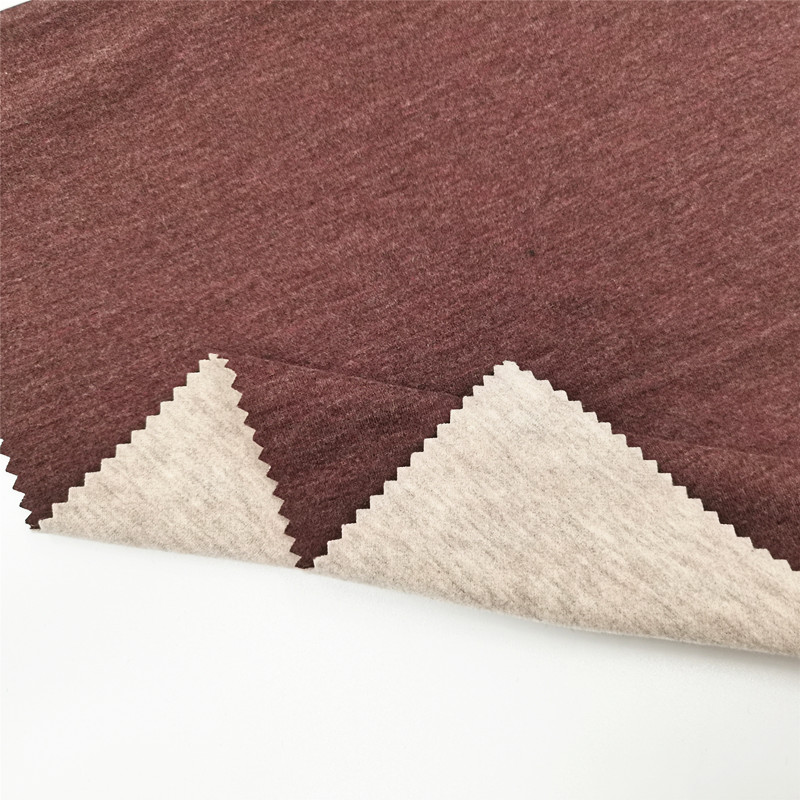Wool fabric is renowned for its natural breathability, making it a popular choice for various types of clothing.
Here are several ways in which wool contributes to breathability in clothing:
- Moisture Absorption:
- Wool fibers can absorb and retain a significant amount of moisture, up to 30% of their weight, without feeling damp. This moisture absorption helps regulate body temperature by wicking sweat away from the skin, keeping the wearer dry and comfortable.
- Wicking Properties:
- Wool has natural wicking properties, meaning it can pull moisture away from the body and distribute it across the fabric’s surface. This allows for quicker evaporation, enhancing the cooling effect and preventing the fabric from feeling saturated.
- Regulation of Body Temperature:
- Wool has excellent thermoregulatory properties. It helps keep the body warm in cold conditions by trapping air within its fibers, creating an insulating layer. In warmer conditions, wool allows excess heat and moisture to escape, promoting a cooling effect.
- Air Circulation:
- The natural crimp in wool fibers creates small pockets of air within the fabric. These air pockets enhance insulation in cold weather but also allow for air circulation, promoting breathability in warmer conditions.
- Highly Breathable:
- Wool is inherently breathable due to its structure, allowing air to circulate freely. This breathability is essential for preventing the buildup of heat and moisture next to the skin, China Wool Fabric suppliers particularly during physical activities or in warm weather.
- Temperature-Regulating Fibers:
- Wool fibers have a unique ability to absorb and release moisture based on the surrounding environment. This dynamic process helps regulate body temperature, ensuring comfort in a wide range of conditions.
- Odor Resistance:
- Wool possesses natural antimicrobial properties that inhibit the growth of odor-causing bacteria. This quality contributes to the freshness and breathability of wool clothing, even after extended wear.
- All-Season Comfort:
- Wool is suitable for all seasons due to its ability to adapt to different temperatures. Whether it’s warm or cool, wool can provide comfort by regulating moisture and temperature.
- Soft and Lightweight:
- Wool fibers are soft and lightweight, providing comfort and ease of movement. This contributes to the overall wearability of wool clothing, making it suitable for a variety of activities.
- Natural Fiber Structure:
- The natural structure of wool fibers allows them to interlock, creating a fabric with elasticity and resilience. This structure, combined with breathability, enhances the comfort and performance of wool garments.
Wool’s breathability is particularly valued in activewear, outdoor apparel, and base layers where moisture management and temperature regulation are critical. Additionally, advancements in wool processing and fabric blends have led to the development of performance-oriented wool fabrics that combine the natural benefits of wool with other technical features, further enhancing breathability in modern clothing.
